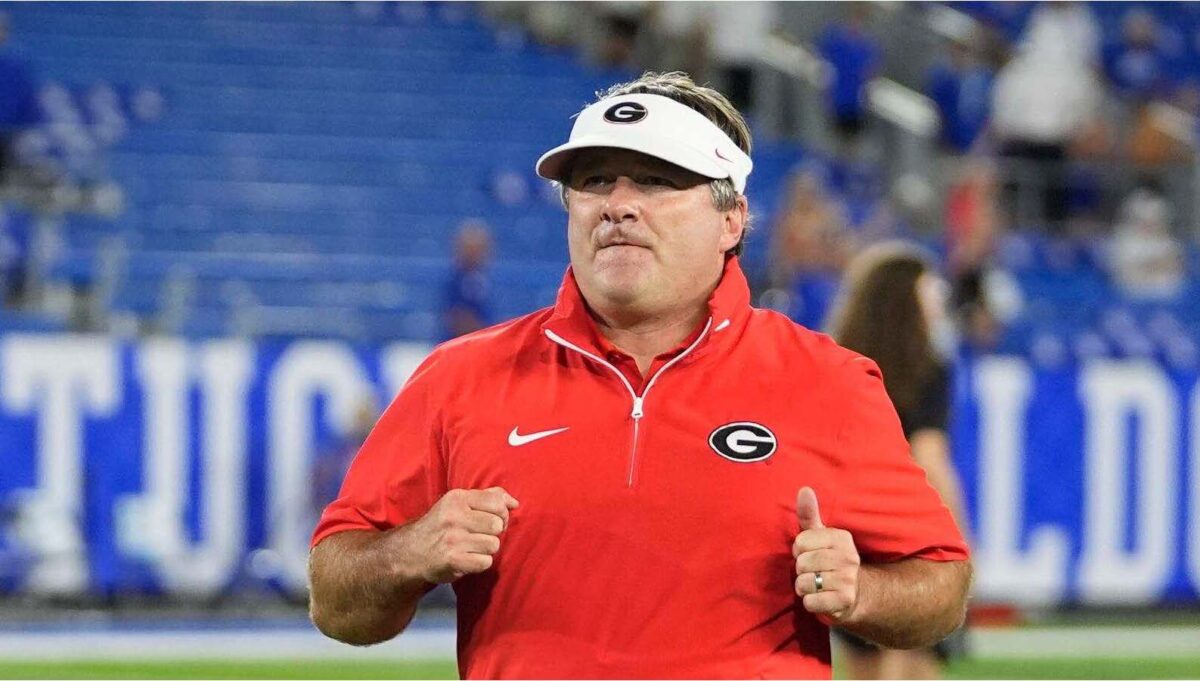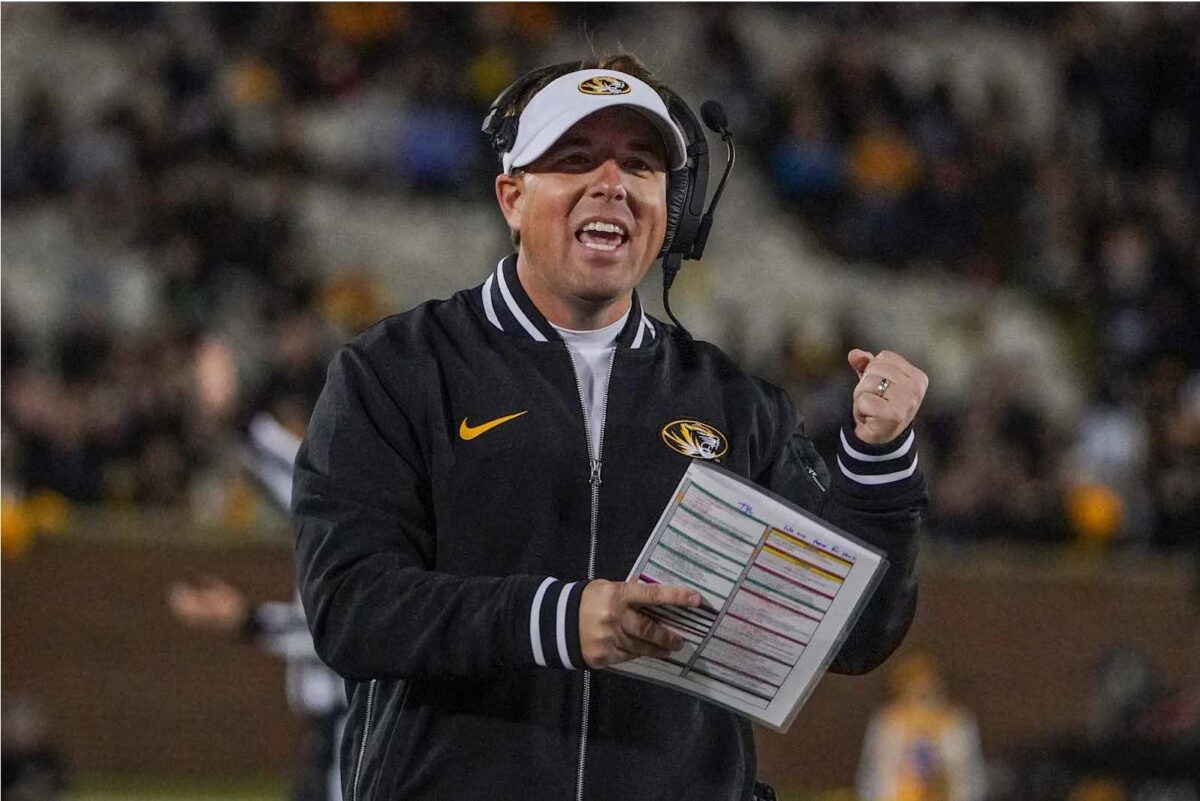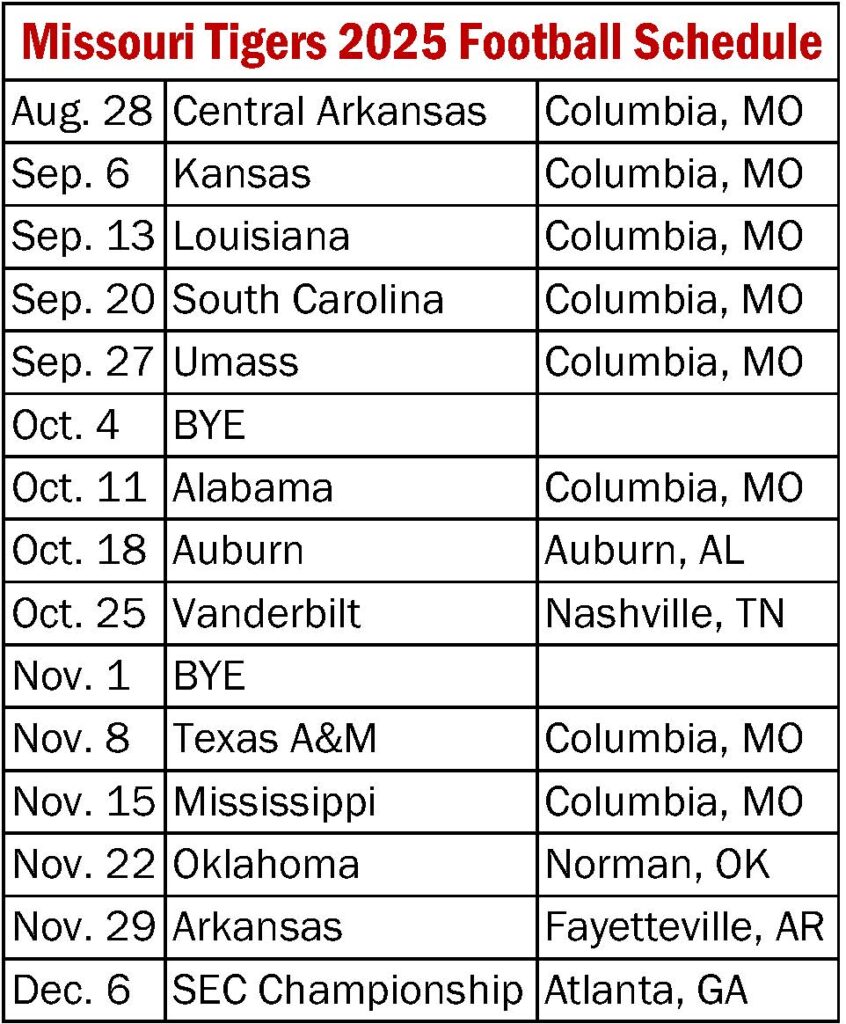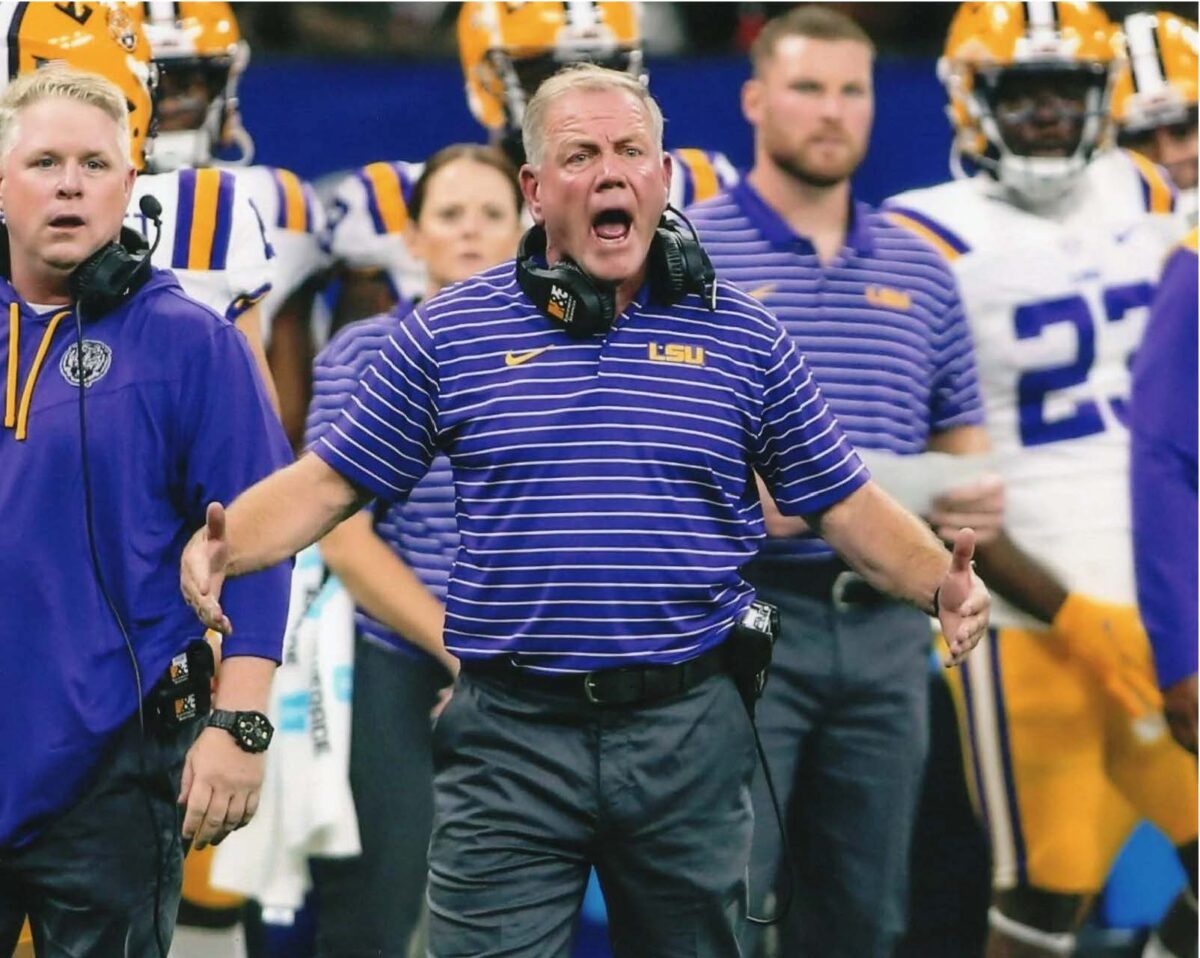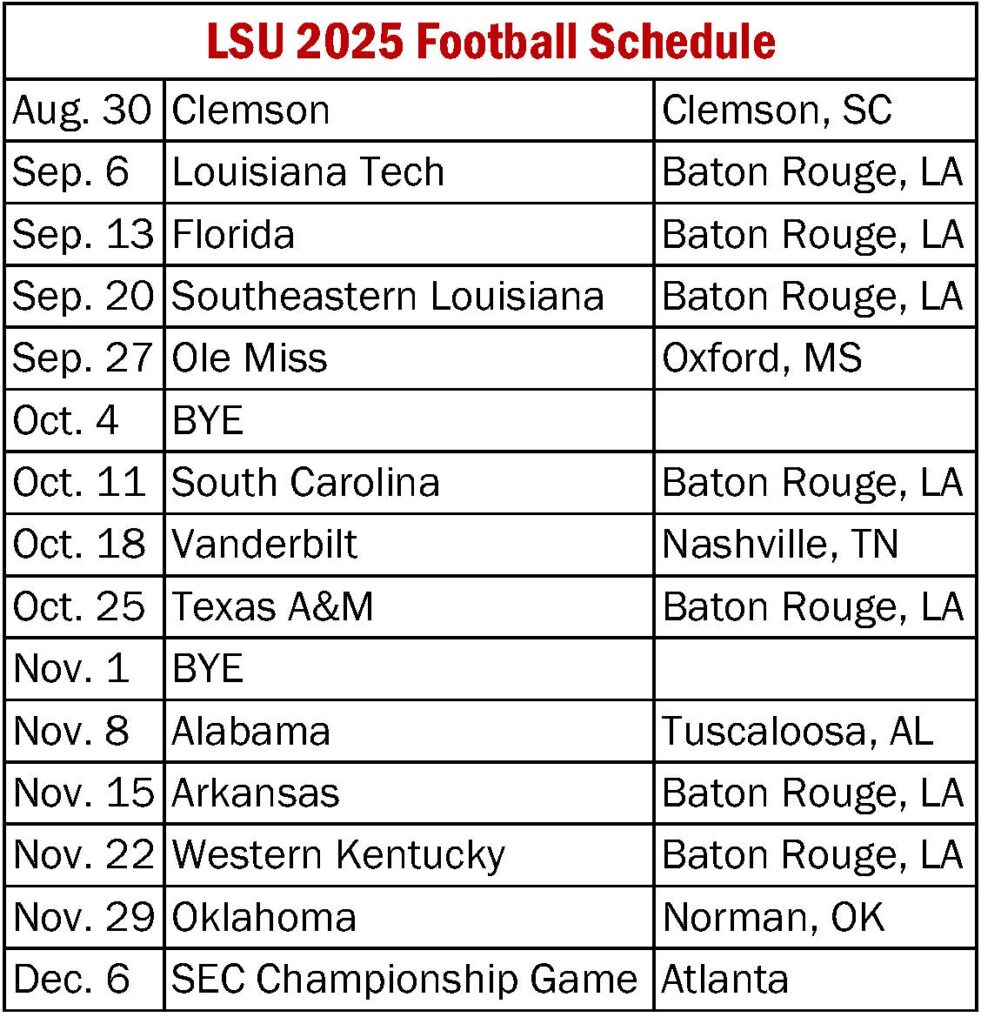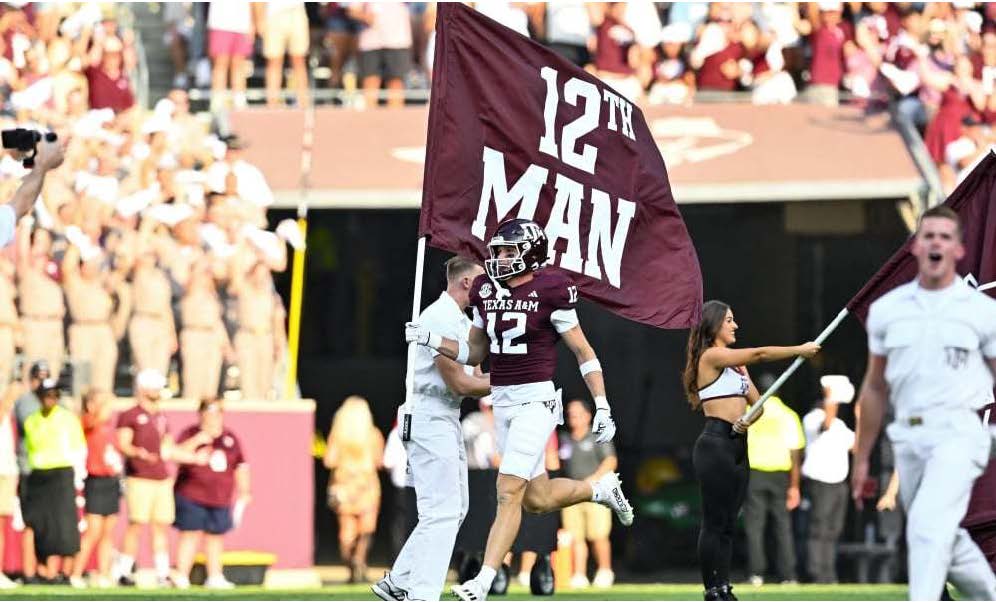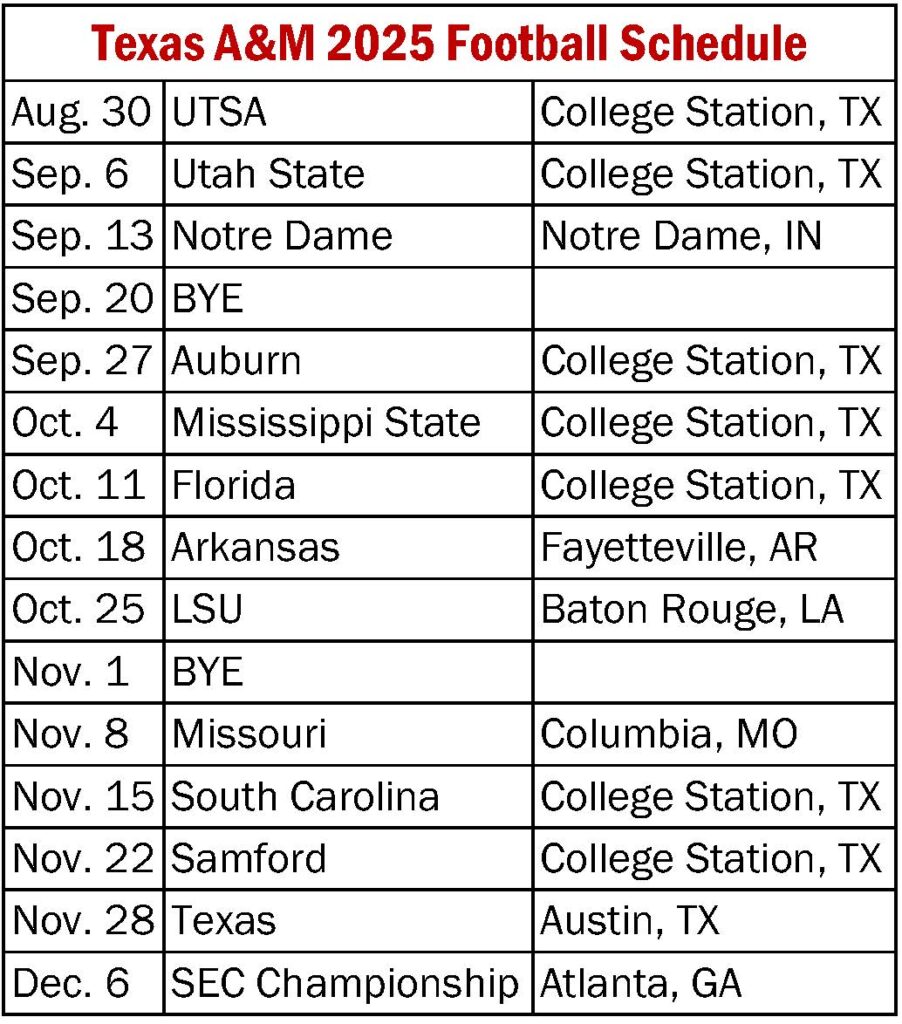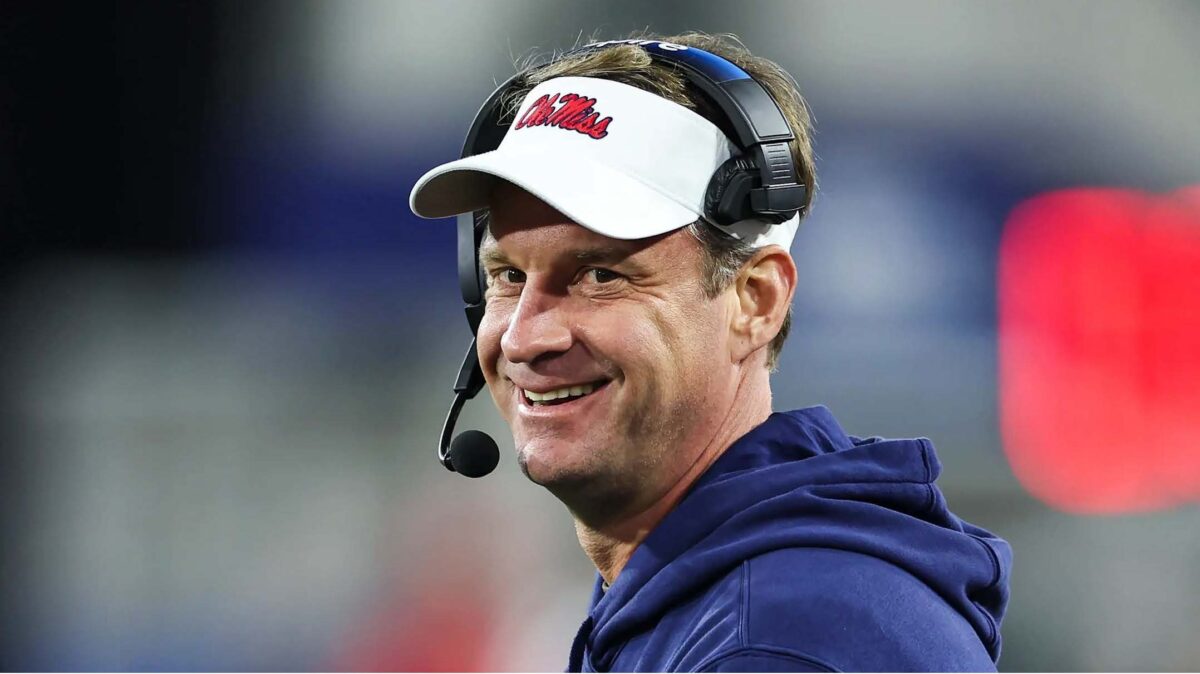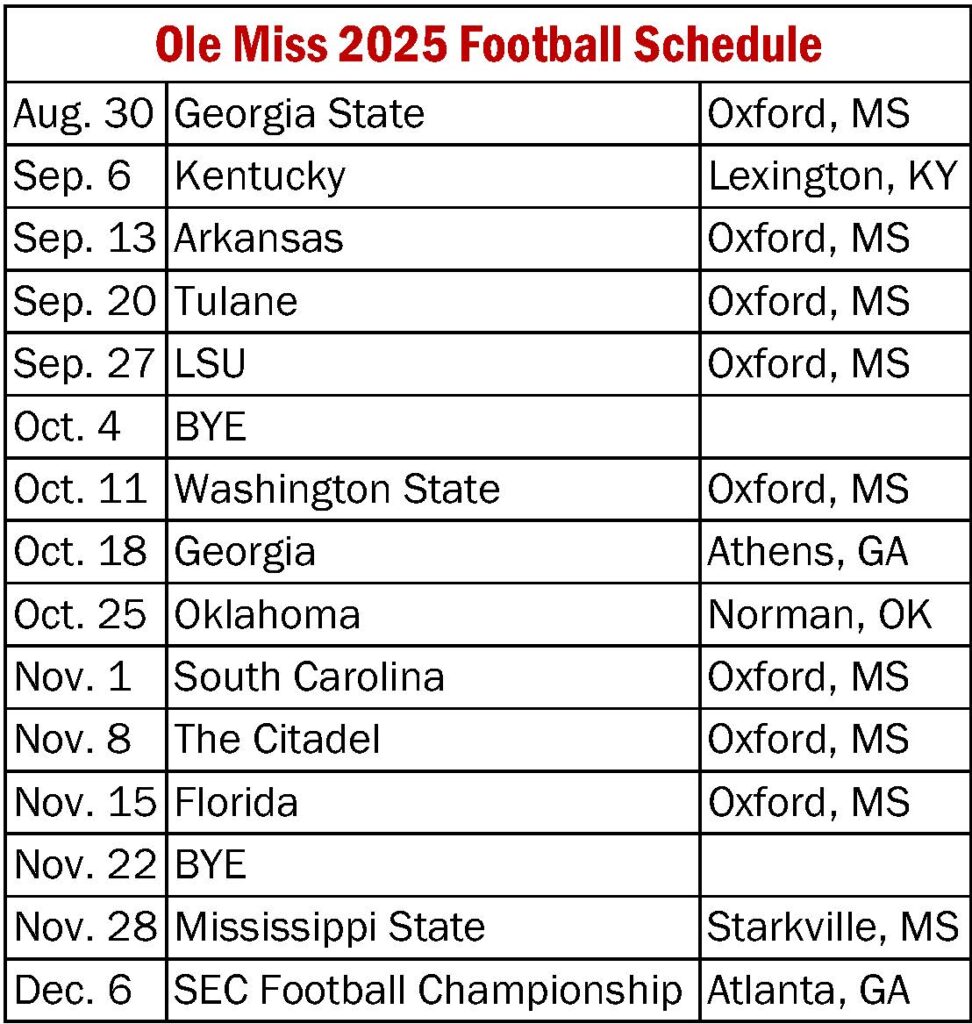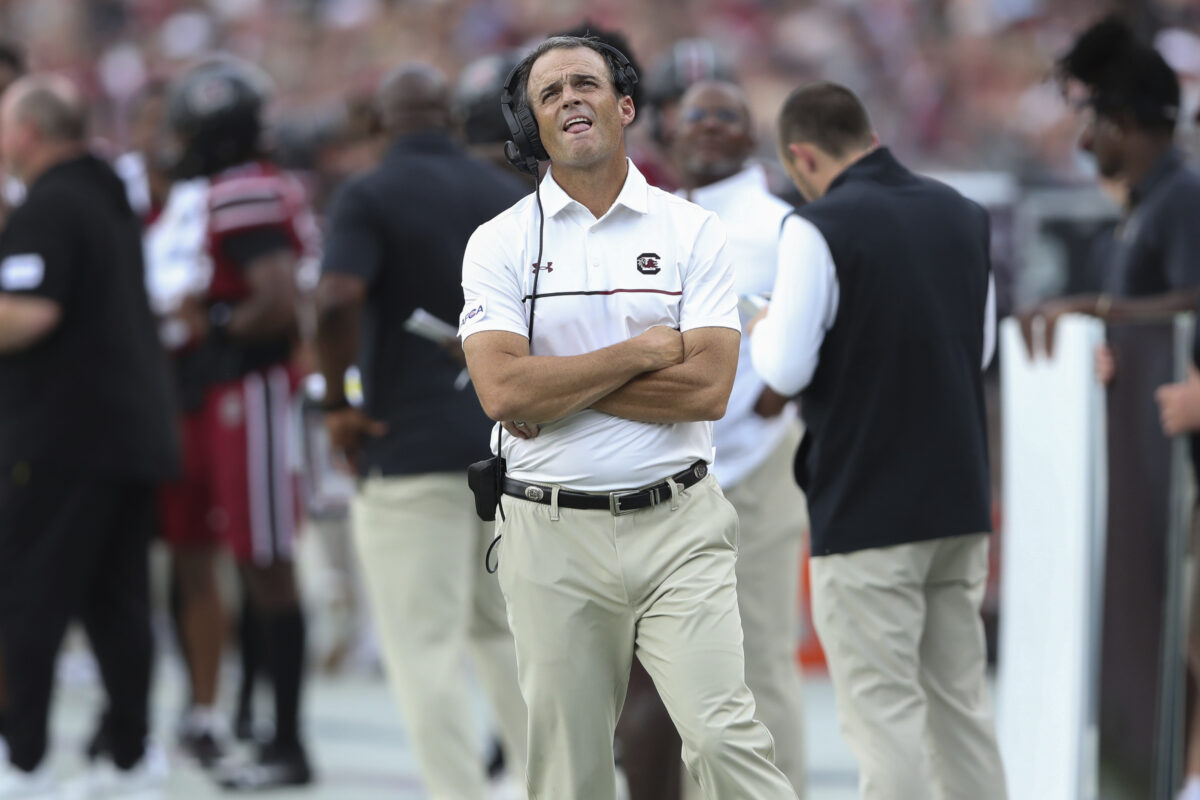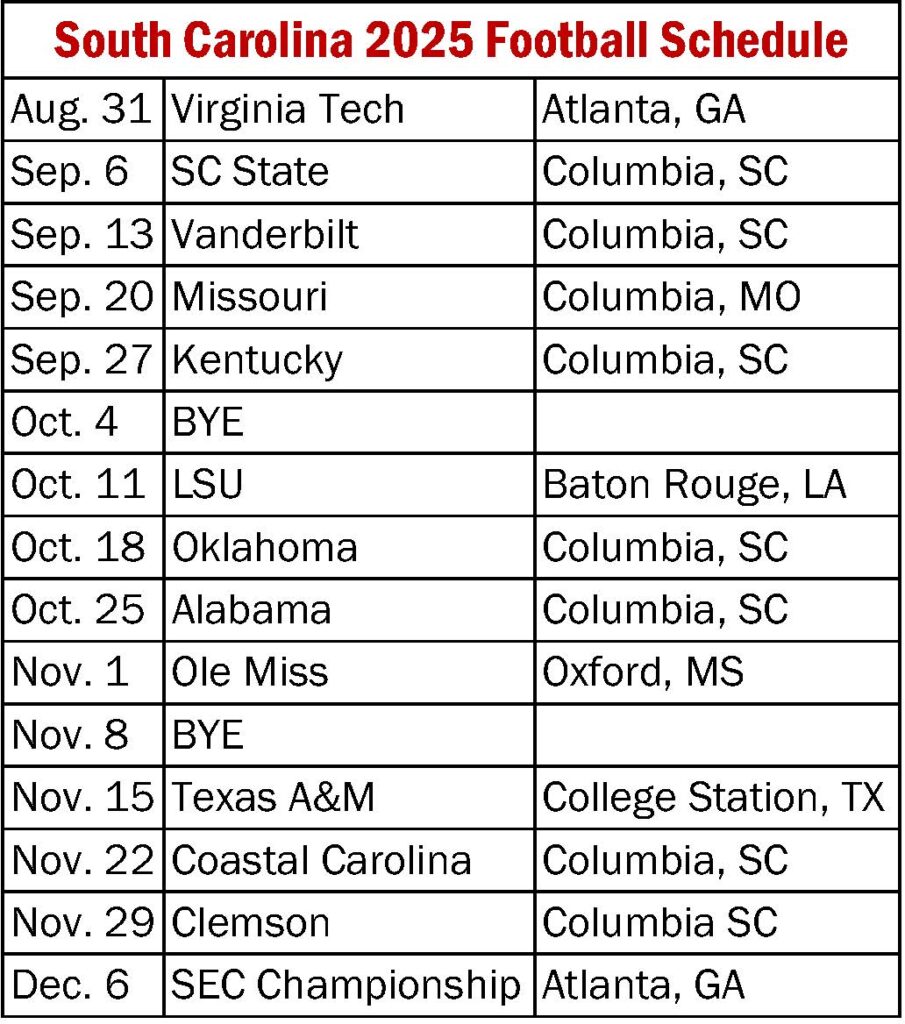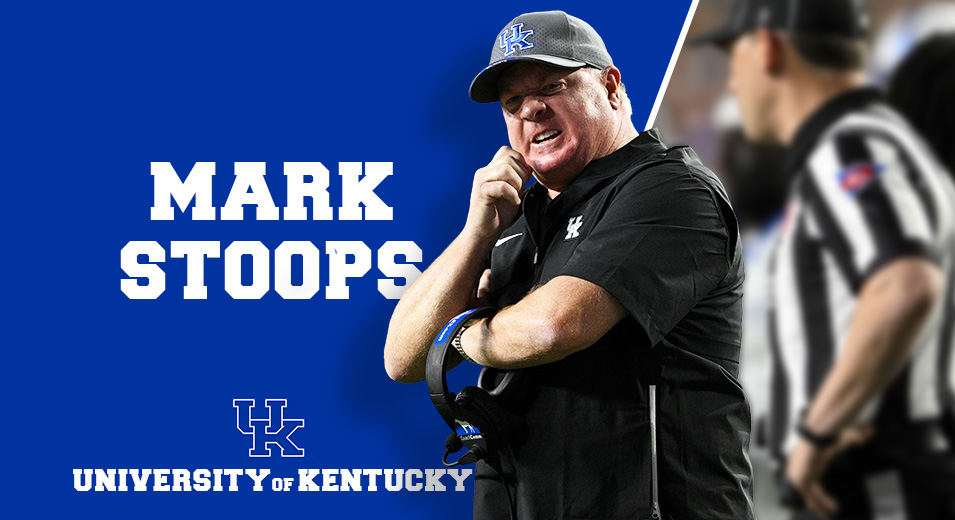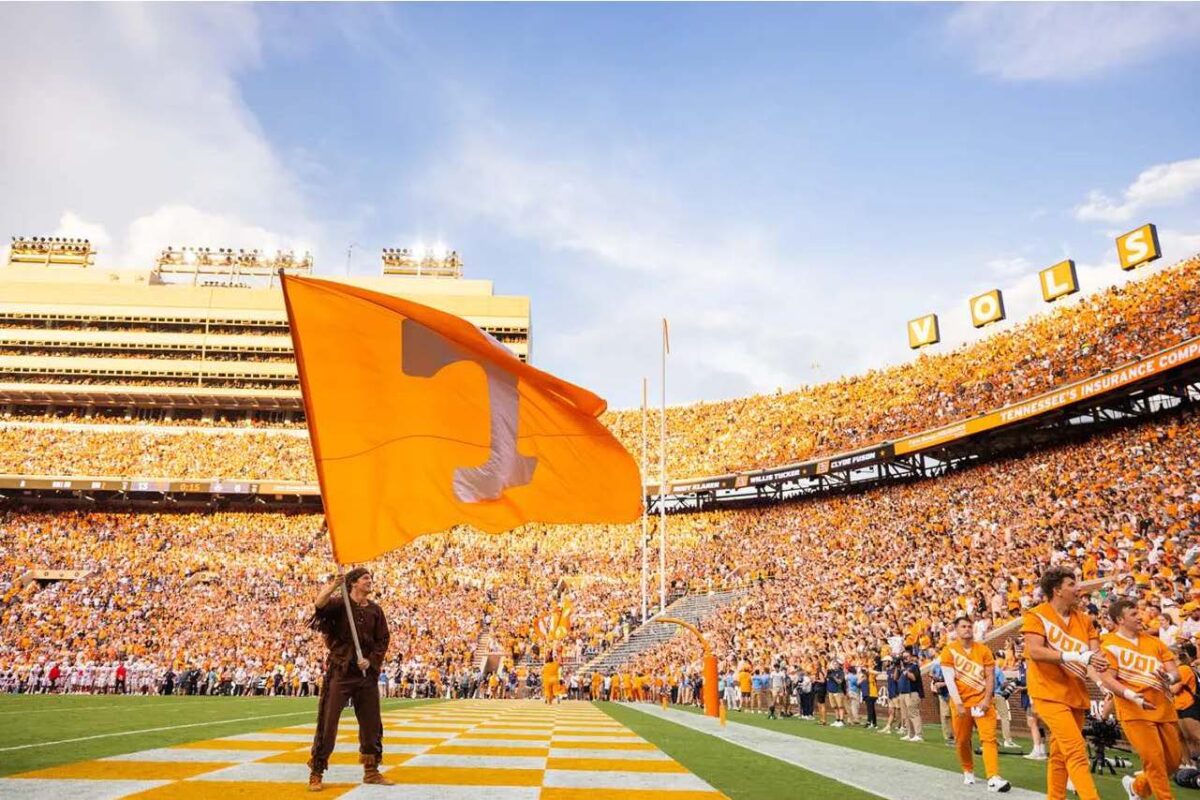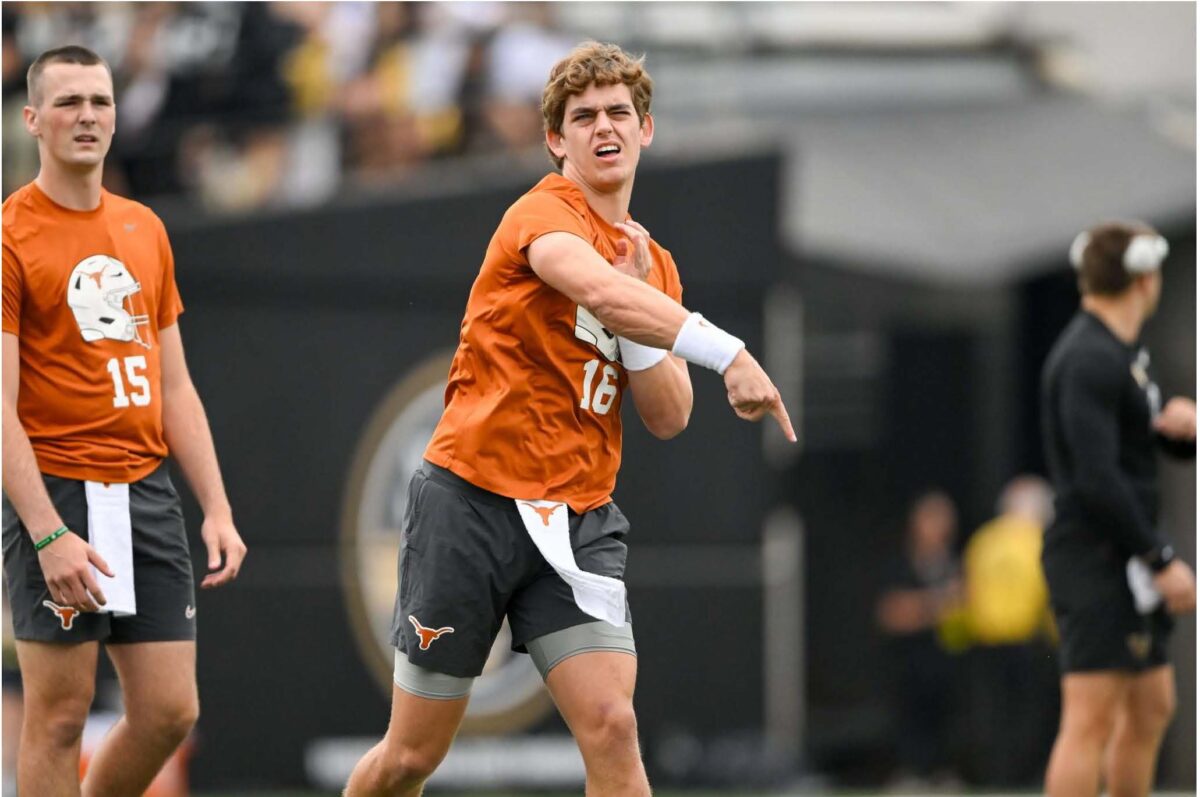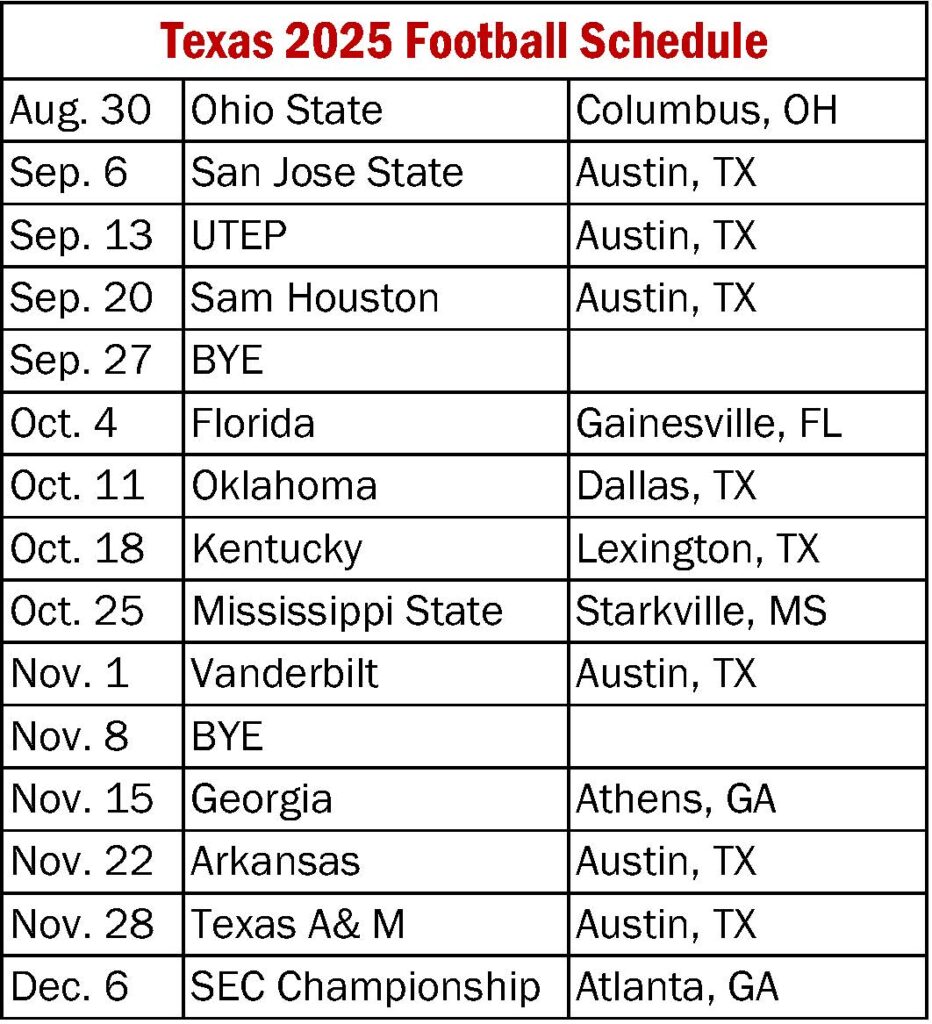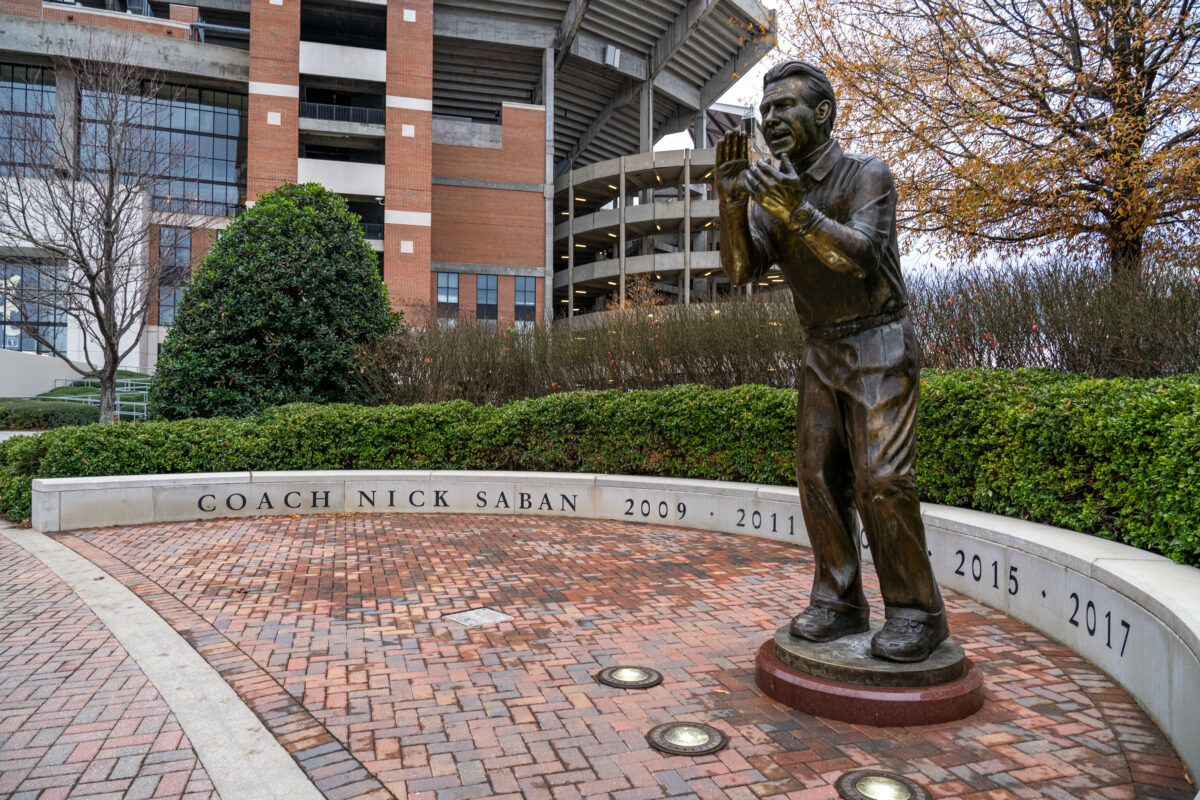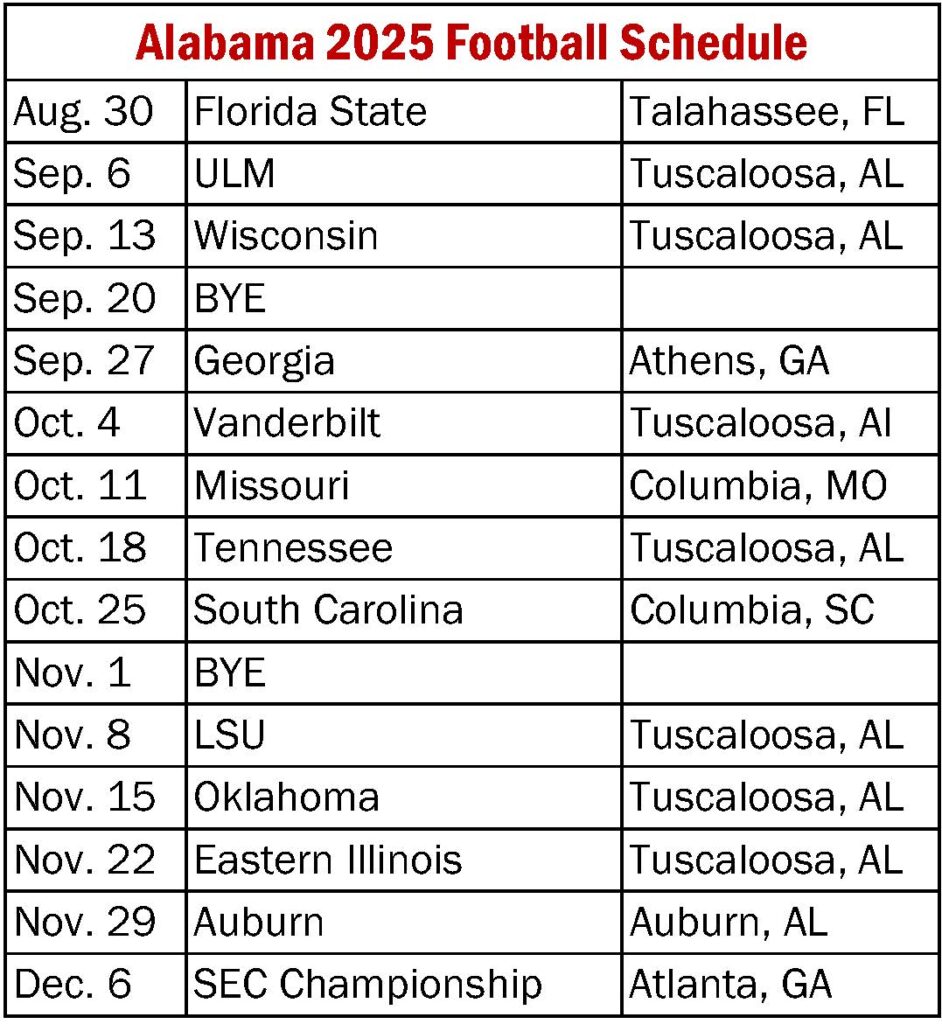Blog Article
Georgia Football 2025: The Year Everything Must Come Together
Georgia football stands at the most critical crossroads in the Kirby Smart era.
After an 11-3 season that included an SEC Championship but ended with crushing disappointment against Notre Dame in the Sugar Bowl, the Bulldogs face a familiar question: Can they reload fast enough to compete for another national title?
The answer isn’t as simple as pointing to their second-ranked recruiting class or their elite defensive continuity. This is about execution under pressure. This is about proving that championship windows don’t close just because star players leave for the NFL.
For Georgia, 2025 represents the ultimate test of program sustainability.
The Quarterback Question That Changes Everything
Gunner Stockton holds the keys to Georgia’s entire championship hopes.
The redshirt junior from Tiger, Georgia, isn’t just replacing Carson Beck. He’s stepping into the most pressure-packed position in college football at a program where anything less than playoff contention equals disappointment.
But here’s what most people miss about Stockton’s situation: He’s not walking into this blind.
His limited 2024 action tells a story of readiness:
- 67.8% completion percentage
- 939 passing yards with 9 touchdowns, 2 interceptions
- 10.4 yards per attempt (explosive play capability)
- 4 rushing touchdowns (dual-threat ability)
- Clutch performance in SEC Championship overtime win vs Texas
“Recent Georgia football history indicates that Gunner Stockton will be successful in 2025 as the starter,” according to Sports Illustrated’s analysis of Smart’s track record with first-year starters.
The evidence supports this optimism. Jake Fromm, Stetson Bennett, and Carson Beck all found immediate success in their first seasons as full-time starters under Smart. The system works because Smart builds it around his quarterbacks’ strengths, not against them.
Behind Stockton, the depth chart features genuine promise. Redshirt freshman Ryan Puglisi would have been next in line during the Texas game, bringing four-star credentials and unwavering program loyalty. The 2025 class adds Ryan Montgomery and Hezekiah Millender, creating long-term stability at the position.
Elite Recruiting Meets Championship Pressure
Georgia’s 2025 recruiting class ranks second nationally for a reason.
With 28 commitments and an 82% blue-chip ratio, this isn’t just talent acquisition. This is championship-level roster construction designed to maintain elite standards while replacing NFL-bound stars.
The cornerstone is five-star defensive tackle Elijah Griffin, who becomes the first No. 1-ranked DT prospect to sign with Georgia during the Smart era. This isn’t just a recruiting win. This statement suggests that Georgia can still attract the nation’s top players despite recent setbacks.
The numbers tell the story of sustained excellence:
- 4 five-star prospects
- 17 ESPN 300 players
- 25 of 28 signees enrolling early
- Top-10 classes in three consecutive years
Five-star wide receiver Talyn Taylor and defensive tackle Isaiah Gibson provide immediate impact potential. But the real value lies in the depth across all position groups, ensuring that NFL departures don’t create fatal gaps in the roster.
“Georgia’s 2025 recruiting class ranks in the top 10 nationally,” ESPN reported, highlighting the program’s ability to continue attracting elite talent despite Sugar Bowl disappointment.
The Defensive Foundation That Never Breaks
Georgia’s defense in 2025 starts with a straightforward advantage: continuity.
The unit that allowed just 20.6 points per game in 2024 returns its core contributors, providing the foundation for continued excellence. This isn’t about replacing talent. This is about building on proven success.
Safety Malaki Starks anchors the secondary after recording 77 tackles and establishing himself as one of the nation’s premier defensive backs. His leadership and playmaking ability provide the steady presence that championship defenses require.
Linebacker Jalon Walker brings elite production (11 tackles for loss, 6.5 sacks) and veteran leadership to a position group with championship-level depth. The emergence of players like KJ Bolden, who finished 2024 strongly and projects as a breakout candidate, adds optimism to an already formidable unit.
The defensive line faces the most significant turnover but benefits from elite recruiting additions. Griffin’s early enrollment allows immediate competition for playing time while returning players like Christen Miller and Jordan Hall provide proven production.
This combination creates something special: veteran leadership merged with elite young talent.
Schedule Flip Creates Championship Opportunity
Georgia’s 2025 schedule represents the best possible scenario for a reloading team.
The same eight SEC opponents from 2024 return, but with home and away sites flipped. This creates massive advantages for the Bulldogs, who will host their most dangerous opponents while traveling to more manageable road environments.
The schedule highlights tell the story:
- Texas makes its first-ever trip to Athens (November 15)
- Alabama visits Athens for the first time since 2015
- Ole Miss, Kentucky, also come to Sanford Stadium
- Road games at Tennessee, Auburn, Mississippi State, Florida
According to ESPN’s Football Power Index, Georgia faces the 13th most brutal schedule among FBS teams. Phil Steele ranks it 44th nationally and 13th in the SEC. These aren’t overwhelming numbers for a program with championship aspirations.
The non-conference slate (Marshall, Austin Peay, Charlotte, Georgia Tech) provides opportunities to build momentum and develop depth before conference play intensifies.
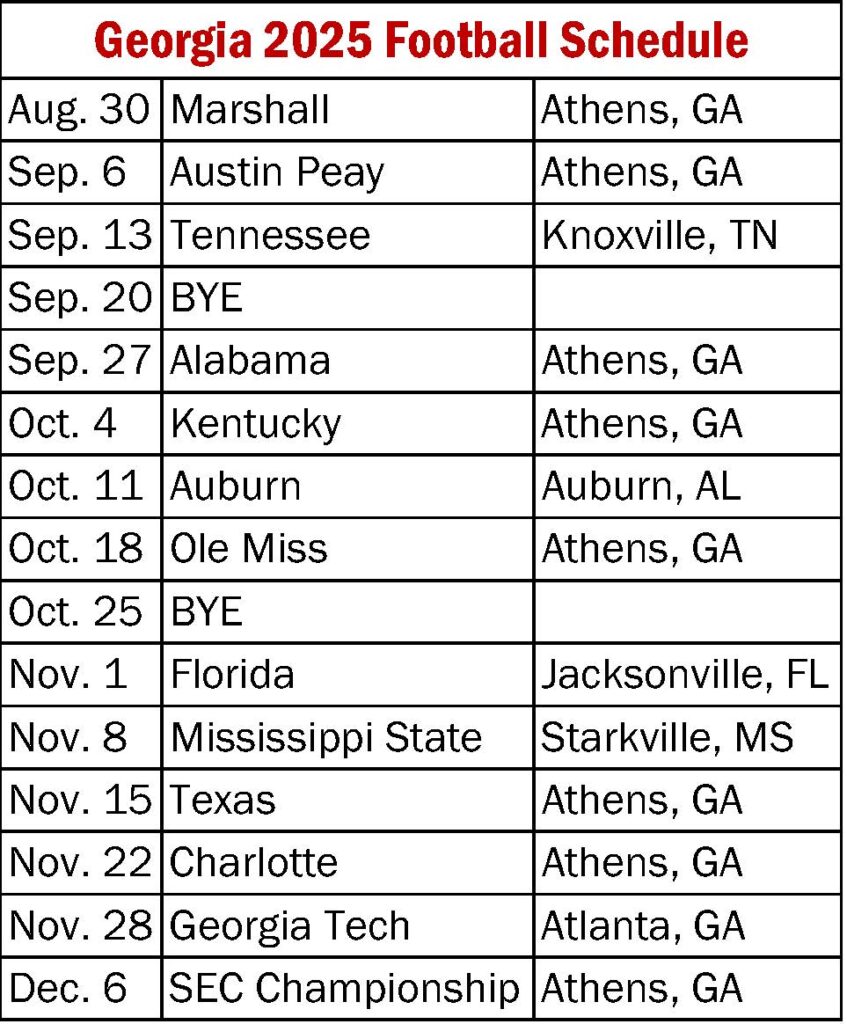
Offensive Questions Demand Immediate Answers
The departure of leading receiver Arian Smith creates the season’s most significant offensive question mark.
Smith’s 817 receiving yards and 17.0 yards per catch represented the explosive element that stretched opposing defenses. Replacing that production isn’t just about finding another receiver. It’s about maintaining the vertical passing game that makes Georgia’s offense dangerous.
Transfer receiver Zachariah Branch possesses elite potential and the ability to make an immediate impact. Players like Colbie Young and Noah Thomas offer proven experience. But the question remains: Can this group create the explosive plays that championship offenses require?
The running game features more certainty with returning talent:
- Nate Frazier: 671 rushing yards, 5.0 yards per carry in 2024
- Cash Jones: Versatile threat as runner and receiver
- Bo Walker: Impressed during spring practice, adds depth
Offensive coordinator Mike Bobo enters his second season with increased familiarity with the personnel. This continuity factor cannot be understated, as Bobo’s system becomes more refined with experienced players who understand their roles.
The Championship Window Stays Open
Georgia enters 2025 with legitimate championship aspirations for one simple reason: They have everything necessary to compete at the highest level.
The 12-team playoff format provides a margin for error that previous generations never enjoyed. The program’s infrastructure, from recruiting to player development, creates sustainable excellence that extends beyond individual seasons.
Smart’s track record of reloading rather than rebuilding provides confidence that the program can maintain elite status despite significant roster turnover. This isn’t about hoping for lightning to strike twice. This is about systematic excellence producing predictable results.
What Must Improve for Championship Contention
The 2024 season revealed specific weaknesses that championship teams cannot afford.
The areas demanding immediate improvement:
- Turnover margin (minus one directly contributed to critical losses)
- Penalty issues (5.7 per game stalled drives, extended opponents’ possessions)
- Red zone efficiency in high-leverage situations
- Defensive ability to create turnovers without surrendering explosive plays
These are correctable issues that coaching and experience can address. But they must be addressed for championship contention to become a championship reality.
The Verdict: Championship or Disappointment
Georgia’s 2025 season represents a classic reloading year disguised as something more dangerous.
The talent pipeline ensures competitive depth. The schedule flip provides a home-field advantage in crucial games. Smart’s proven ability to develop quarterbacks and maintain defensive excellence creates optimism for sustained success.
But here’s what makes this season different: The margin for error has shrunk.
For a program with two national championships in four years, anything less than playoff contention represents failure. Georgia enters 2025 with the expectation of competing for SEC and national championships, backed by the talent and infrastructure necessary to achieve those goals.
The championship window remains wide open in Athens.
The 2025 season presents another opportunity to prove that Georgia football belongs among college football’s elite programs, not just occasionally but consistently, year after year.
The Next Billion Dollar Game
College football isn’t just a sport anymore—it’s a high-stakes market where information asymmetry separates winners from losers. While the average fan sees only what happens between the sidelines, real insiders trade on the hidden dynamics reshaping programs from the inside out.
Our team has embedded with the power brokers who run this game. From the coaching carousel to NIL deals to transfer portal strategies, we’ve mapped the entire ecosystem with the kind of obsessive detail that would make a hedge fund analyst blush.
Why subscribe? Because in markets this inefficient, information creates alpha. Our subscribers knew which coaches were dead men walking months before the mainstream media caught on. They understood which programs were quietly transforming their recruiting apparatuses while competitors slept.
The smart money is already positioning for 2025. Are you?
Click below—it’s free—and join the small group of people who understand the real value of college football’s new economy.
